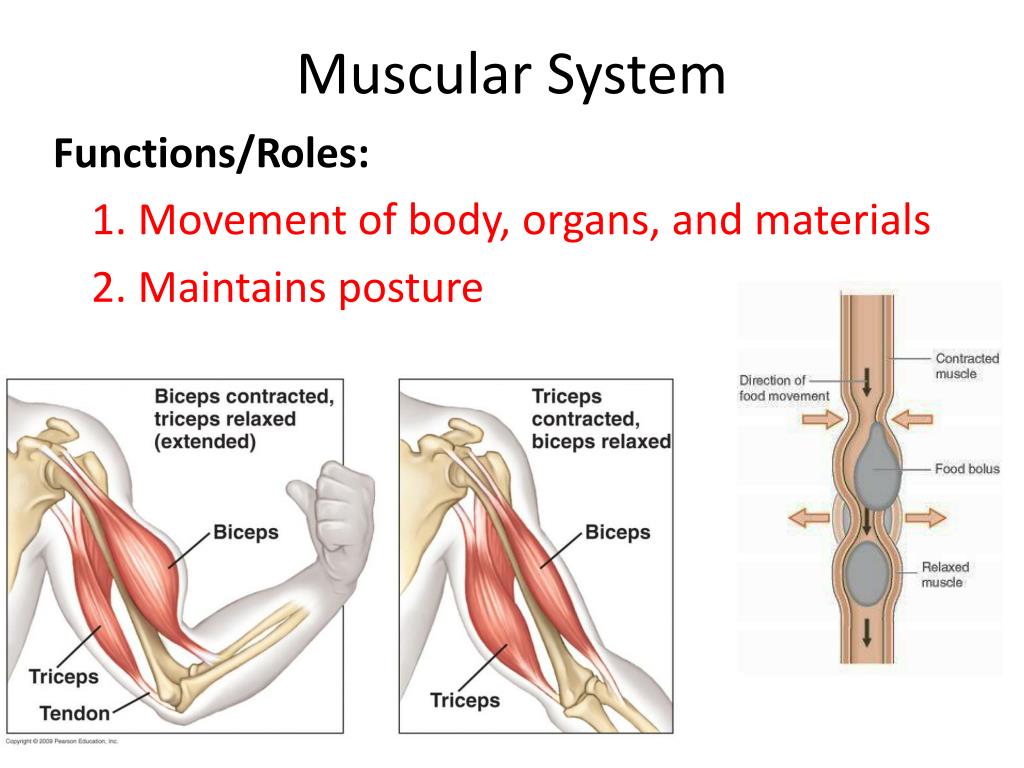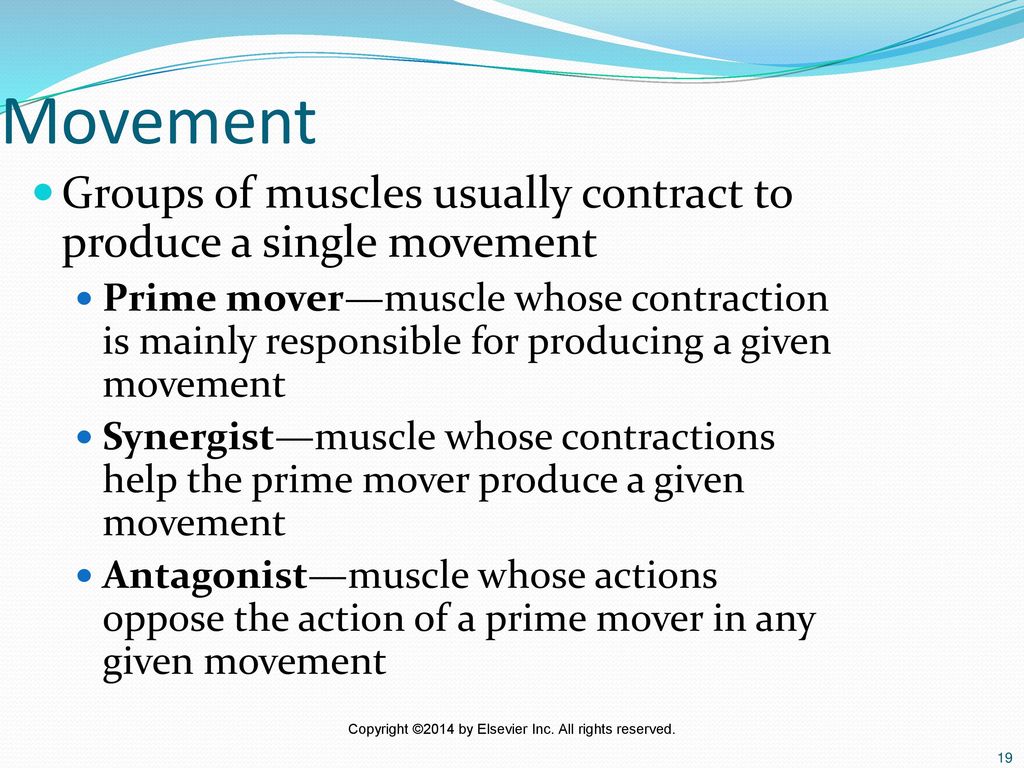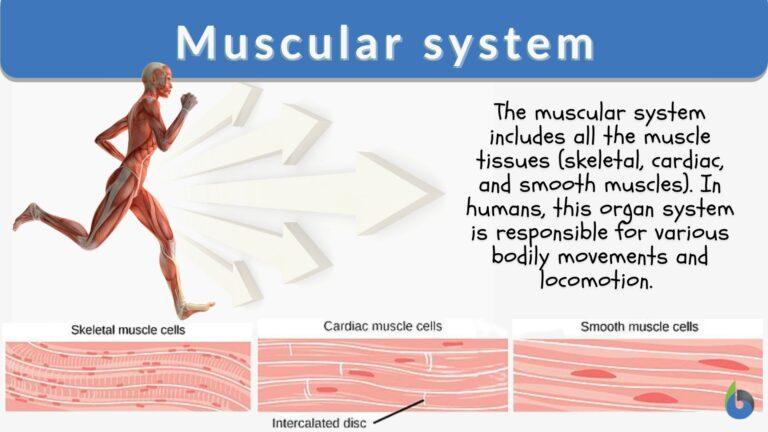The Muscle Primarily Responsible For An Action Is The

Imagine watching a seasoned marathon runner, their legs a symphony of coordinated motion, effortlessly gliding across the pavement. Or picture a surgeon, hands steady and precise, performing a delicate procedure. In both scenarios, and countless others, there's an unsung hero at work: a specific muscle taking the lead, the prime mover orchestrating the action.
At the heart of every movement we make, from the simplest blink to the most complex athletic feat, lies the principle of the agonist muscle, also known as the prime mover. This article explores the vital role the agonist plays in human movement and its profound implications for understanding and optimizing physical performance.
Unveiling the Prime Mover: A Deep Dive
The agonist is the muscle primarily responsible for generating a specific movement. It's the 'star of the show', directly contributing the force needed to overcome resistance and execute the desired action.
Think of lifting a dumbbell during a bicep curl. The biceps brachii is the agonist in this action. It contracts forcefully, causing the elbow to flex and raising the weight.
The agonist muscle, however, doesn't work in isolation. It's part of a carefully orchestrated team of muscles that contribute to the overall movement.
The Agonist in Context: Synergy and Opposition
Understanding the agonist requires knowing its supporting cast: the synergists and the antagonists. Synergists assist the agonist by stabilizing joints or refining the movement. Antagonists oppose the agonist, controlling the speed and range of motion, preventing injury.
In the bicep curl example, the brachialis and brachioradialis act as synergists, aiding the biceps in elbow flexion. The triceps brachii, located on the back of the upper arm, is the antagonist, controlling the lowering of the weight.
This interplay between agonist, synergist, and antagonist muscles is crucial for smooth and controlled movements. It allows us to fine-tune our actions with precision.
A Choreographed Dance: Examples in Everyday Life
The agonist-synergist-antagonist relationship is not limited to weightlifting. It governs all our movements, large and small.
Walking, for instance, involves a complex interplay of muscles. The gluteus maximus and hamstrings are the agonists for hip extension, propelling us forward. The quadriceps act as antagonists to control the forward swing of the leg.
Even seemingly simple actions like typing rely on agonists. The flexor digitorum profundus and flexor digitorum superficialis muscles in the forearm are agonists for finger flexion, allowing us to press keys on a keyboard.
The Importance of Understanding Agonist Muscles
Recognizing which muscle acts as the agonist for a specific movement is more than just an academic exercise. It has practical applications in various fields.
In fitness and rehabilitation, understanding the agonist allows for targeted exercises. By focusing on strengthening the appropriate prime mover, one can improve performance and recover from injuries.
For athletes, identifying the agonists for sport-specific movements is crucial for optimizing training. This allows them to develop strength, power, and endurance in the muscles that contribute most to their performance.
Applications in Training and Rehabilitation
Strength training programs often prioritize exercises that directly target the agonists. Compound exercises like squats and bench presses engage multiple muscle groups, making them highly effective for overall strength development. However, isolation exercises like bicep curls and leg extensions can be used to further strengthen specific agonists.
In rehabilitation, understanding the agonist is essential for restoring function after an injury. Physical therapists use targeted exercises to strengthen weakened agonists, helping patients regain their ability to perform everyday tasks. For instance, after a rotator cuff injury, exercises would focus on strengthening the supraspinatus and other rotator cuff muscles, which are the agonists for shoulder abduction and rotation.
According to the American Physical Therapy Association (APTA), understanding muscle function, including the role of the agonist, is a cornerstone of effective rehabilitation practices. They emphasize the importance of individualized treatment plans that target specific muscle imbalances and weaknesses.
Beyond the Gym: Implications for Daily Life
The principles of agonist muscles extend beyond the realm of sports and fitness. Understanding how our bodies move can help us improve our posture, reduce the risk of injury, and perform everyday tasks more efficiently.
For example, maintaining proper posture while sitting involves engaging the core muscles, particularly the erector spinae, as the agonists. Strengthening these muscles can help prevent back pain and improve overall comfort.
Even seemingly simple activities like lifting heavy objects can be performed more safely by understanding the role of agonists. By engaging the leg muscles, such as the quadriceps and glutes, as the primary movers, we can protect our backs from strain.
A Continued Journey of Discovery
The study of muscle function and the role of the agonist is an ongoing field of research. Scientists continue to explore the complexities of human movement, seeking to better understand how our muscles work together to create the actions we take for granted.
Advancements in technology, such as electromyography (EMG), allow researchers to measure muscle activity in real-time, providing valuable insights into the recruitment patterns of different muscles during various movements. This information can be used to develop more effective training and rehabilitation programs.
As our understanding of the agonist muscle continues to evolve, so too will our ability to optimize human performance and improve the quality of life for individuals of all ages and abilities.
The next time you reach for a cup of coffee, take a walk in the park, or engage in any physical activity, remember the unsung hero behind the scenes: the agonist muscle. It's a testament to the incredible complexity and efficiency of the human body, a reminder that every movement is a carefully orchestrated symphony of muscles working in perfect harmony.





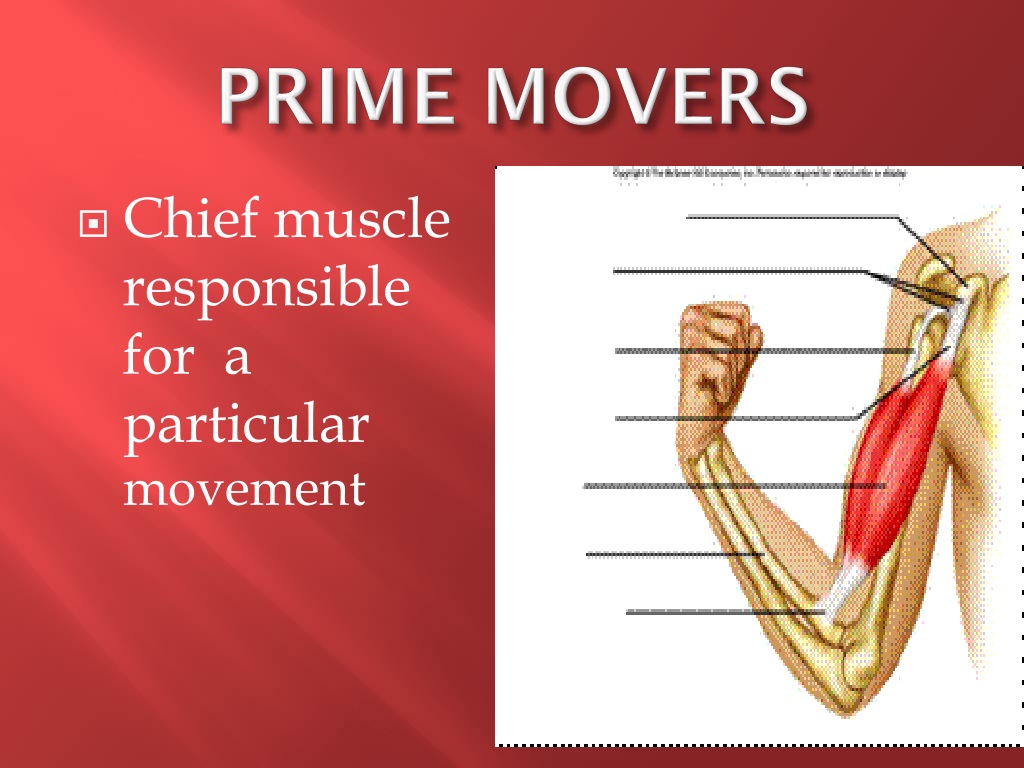


.jpg)
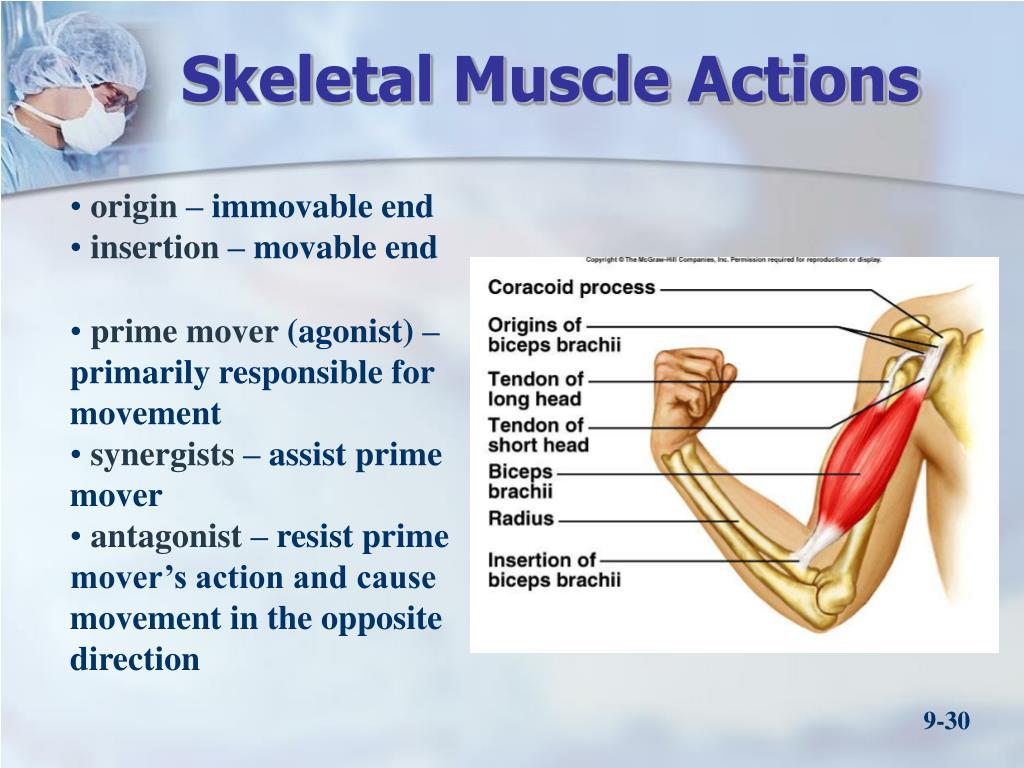

.jpg)
